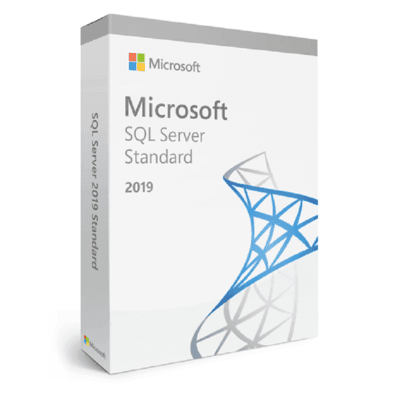
Licensing required per server / CALs Automatic database optimization SQL Server Machine Learning Services Integration Services design platform New dynamic management views SQL Server 2019 Reporting Services No time limit on the service life
What's New in SQL Server 2019 SQL Server 2019 is an important step in making SQL Server a platform where you have a variety of choices: choose between different development languages and data types, between local execution or execution in the cloud, and between different operating systems by improving the performance of SQL Server. SQL Server 2019 Database Engine SQL Server 2019 includes many new database engine features, enhancements, and performance improvements. The database engine is the core service for storing, processing, and backing up data. Database Engine provides controlled access and transaction processing to meet the needs of the most demanding data processing applications in your business. Use Database Engine to create relational databases for Online Transactional Processing (OLTP) or Online Analytical Processing (OLAP) data. This includes creating tables for data storage and database objects, such as: indexes, views, and stored procedures for viewing, managing, and backing up data. Use SQL Server Management Studio to manage the database objects and SQL Server Profiler to record server events. The Analysis Services Analysis Services is an analytic data module in Decision Support and Business Analytics that provides analytic data for business reports and client applications such as Excel and Power BI, which uses visualization tools through the Reporting Services reports and other data. A typical workflow includes creating a multi-dimensional or tabular data model, deploying the model as a database with a local SQL Server Analysis Services or Azure Analysis Services server instance, setting up recurring data processing, and assigning permissions to access data from end users. When completed, your semantic data model can be accessed by all client applications that support Analysis Services as a data source. Analysis Services is now available in the cloud and as an Azure service. Azure Analysis Services supports tabular models with compatibility level 1200 or higher. DirectQuery, partitions, row-level security, bi-directional relationships, and translations are supported. To learn more about the service and to test it for free, go to Azure Analysis Services. SQL Server Integration Services Microsoft Integration Services is a platform for building data integration and data transformation solutions at the enterprise level. You use Integration Services to solve complex business problems by copying or downloading files, sending e-mail messages in response to events, updating data warehouses, cleaning up data and data mining, and managing SQL Server objects and data. The packages can be used alone or with other packages to meet complex business needs. Integration Services can retrieve data from a variety of sources, such as XML data files, flat files and relational data sources, extract and transform, and then load the data into one or more destinations. Integration Services includes a variety of built-in tasks and transformations; Package building tools and the Integration Services service to run and manage packages. You can use the Graphical Integration Services tools to build solutions without having to write a single line of code. Or you can program the large Integration Services object model to programmatically create packages and code custom tasks and other package objects. Licensing required per server / CALs Automatic database optimization SQL Server Machine Learning Services Integration Services design platform New dynamic management views SQL Server 2019 Reporting Services No time limit on the service life